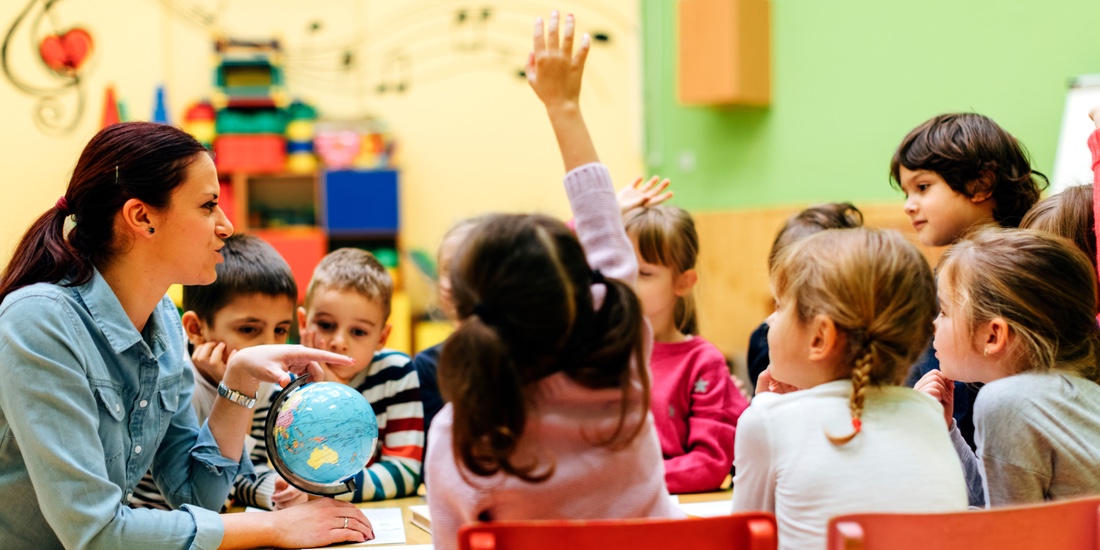Including your child in their own learning process about how to self-regulate is empowering and long-lasting. Here’s how everyday tools and strategies can help you and your child thrive.
Learn
All young children are learning to self-regulate – to manage emotional and physical responses from their environment. But did you know that learning self-regulation starts with the eight body senses? We all know sight, hearing, taste, touch and smell, but did you also know:
- Vestibular – Movement and balance.
- How we experience balance and movement (e.g., “that feeling” in your tummy when you jump from a high point or have been spinning around).
- Proprioceptive – Bone and muscle sensations.
- How we experience our bodies in space through our bones and muscles (e.g., “that feeling” when you get hugged or accidently bumped).
- Interoceptive – Internal sensations.
- How we feel what is happening on the inside of our bodies (e.g., “that feeling” of being hungry, listening to your heartbeat, or needing to use the bathroom).
These last three senses are critical to understanding how young children learn, process and interpret what is going on around them. The emotions that children feel are reactions to how they are processing inputs from these three sensory systems.
Sensory responses affect behavior and learning, so understanding how a child experiences ALL their senses is critical to applying the right individual techniques to optimize their learning. For example, a child who is under-sensitive to proprioception may need to jump from high places to feel his/her body in space. A child who is very sensitive to movement may stay away from swings.
We all experience these senses on a spectrum from over- to under-sensitive. Finding just the right balance in our bodies helps us stay focused, alert and steady, which enables us to access the highest level of brain functioning for social, emotional and cognitive learning.
Recent studies show that when a child is well-regulated, more neural connections occur in the brain to optimize learning. Including children in their own learning process about how to self-regulate is empowering and long-lasting. Helping a child learn to self-regulate will:
- Provide a shared language between you and your child to signal their internal energy level.
- Help you and your child anticipate (and hopefully preempt) an emotional meltdown.
- Help the child self-manage through a tantrum and regain self-control.
- Help your child develop a necessary lifelong coping skill.
Just Remember
Do
Everyday Tools to Help your Child Self-Regulate
- Teach your child independent calming strategies as a preventative technique to head off a meltdown.
- The Body Engine Checker System – our personal classroom favorite.
- Get wiggles out!
- Jumping, swinging, hanging, spinning, stomping feet, sit on a bouncy ball
- Build your child’s self-awareness – Teach your child to be self-aware of how it physically feels *in their body* when they’re about to get mad, sad, anxious, etc. Let them know that understanding these physical cues is a good and healthy sign of feelings to come. And that letting a grown-up know when they start to *feel* these physical triggers can help make a tricky situation easier. For example:
- “My throat gets a big lump in it when I want to cry.”
- “My heart beats really fast when I feel scared.”
- “My brain feels like it’s full of butterflies when I’m so mad and I want to yell.”
- Experiment, notice and reflect together – Ask your child what tools helped them feel comfortable and safe? What tools made them feel uncomfortable?
- Helpful games that boost attention and focus.
